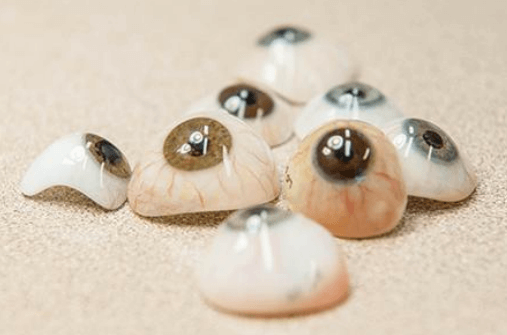
OCULARISTRY AND PROSTHETIC EYE CLINIC- OPEC
Loosing any body organ, especially eye is an unpleasant situation. It can be psychologically devastating. On the other hand, every human being is blessed with two eyes, where the normal eye functioning is not affected by loosing one eye, so does the brain that compensates for the lost eye. The period of adjustment to normal routine is rather quick. As far as cosmesis is concerned, it is a major issue. Every effort is made by the oculoplastic surgeon to render the patient the most natural appearance in terms of appearance and motility.
OPEC Services offers ocular prosthetic, scleral shells, conformers, ocular implants and facial prosthetics.
Ocularistry is the art of creating a natural looking artificial eye in their absence. The custom artificial eye is an impression of an eye fitted to match the normal eye, to make it appear more natural and provide maximum motility and comfort. It snugly fits over the implant and the soft tissue; the motility of the implant is thereby transferred to the back of the artificial eye.
